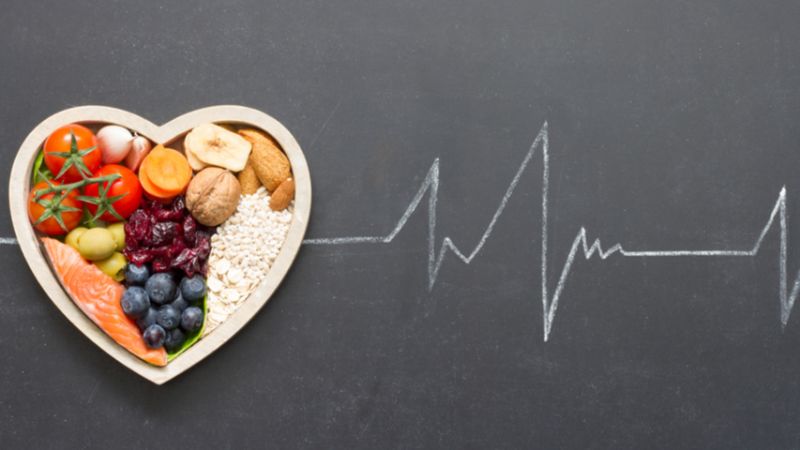Heart disease is shocking. Not because it’s so rare or mysterious, but because it is responsible for roughly 1 in 3 American deaths. The American Heart Association estimates that 2300 Americans die every day as a result of cardiovascular disease, which amounts to roughly 1 death every 38 seconds. Shocking, right?
Even more shocking is the fact that it’s possible to take steps towards heart disease prevention that can save your life. One aspect of heart disease prevention is eating a heart-healthy diet, which includes limiting your sodium intake, increase fruits and veggies while lowering saturated fats, and making sure you get plenty of fiber.
The Role of Fiber In A Healthy Diet For Seniors
Fiber is found in fruits, vegetables, whole grains, beans, and nuts. There are two types of fiber: soluble and insoluble. Soluble fibers, which can be found in oatmeal, lentils, carrots, and apple, have a direct impact on reducing the risk of cardiovascular disease. A 2013 study on the connection between fiber intake and cardiovascular disease, soluble fiber experiences a form of fermentation in the colon that ultimately produces a “cholesterol-lowering chain reaction.” By contrast, insoluble fiber, which is also found in legumes and grains, does not get absorbed by the body, helping waste in the digestive system keep moving, improving your body’s efficiency at eliminating waste. This is why many experts believe that a healthy diet for seniors can’t exist without fiber.
A heart-healthy diet rich in fiber can include a variety of grains, fruits, nuts, and legumes. That means that when grocery shopping, you should look for foods like:
- Oatmeal
- Oat-based cereals
- Apples
- Beans
- Nuts
- Dried peas
- Lentils
- Blueberries
- Cucumbers
- Celery
- Carrots
- Wheat / corn bran
- Brown rice
- Bulgur
- Zucchini
- Broccoli
- Cabbage
- Onions
- Tomatoes
- Green beans
- Leafy greens
- Raisins
- Grapes
- Root vegetables
As you can see from the above list, a healthy diet for seniors that supports heart disease prevention is far from boring. These fiber-rich foods can be found in any supermarket and with a little bit of research and creativity, you can whip up some delicious heart-healthy meals for breakfast, lunch, and dinner.
The Effect of A Fiber-Rich Heart Healthy Diet
The 2013 study on the connection between a fiber-rich diet and cardiovascular disease ultimately found that a heart-healthy diet filled with fibrous foods can lower cholesterol and reduce the likelihood of a heart attack. According to the study, just 7 grams of fiber–soluble or insoluble–a day can markedly reduce your risk of heart disease or heart attack. This amounts to roughly 2-4 servings of fruits and vegetables per day or one serving of oatmeal with breakfast and a serving of beans with dinner.
Studies have also shown that a heart-healthy diet high in fiber can lower the risk of stroke by up to 36 percent, lower the risk of diabetes by up to 30 percent, lower blood pressure, encourage weight loss, and even lead to a longer life. When it comes to heart disease prevention, adding more fiber to your diet seems like a pretty good idea!
Be Proactive About Heart Health
If you’ve been told that you’re living with or at risk for cardiovascular disease, part of your prevention plan should include having fast and easy access to help should you experience a medical emergency. Medical Guardian medical alert systems provide a solution for those who need to focus on heart disease prevention by connecting you directly to a monitoring center at the push of a button. The service is provided round the clock, so help can be accessible to you when you need it, day or night.

